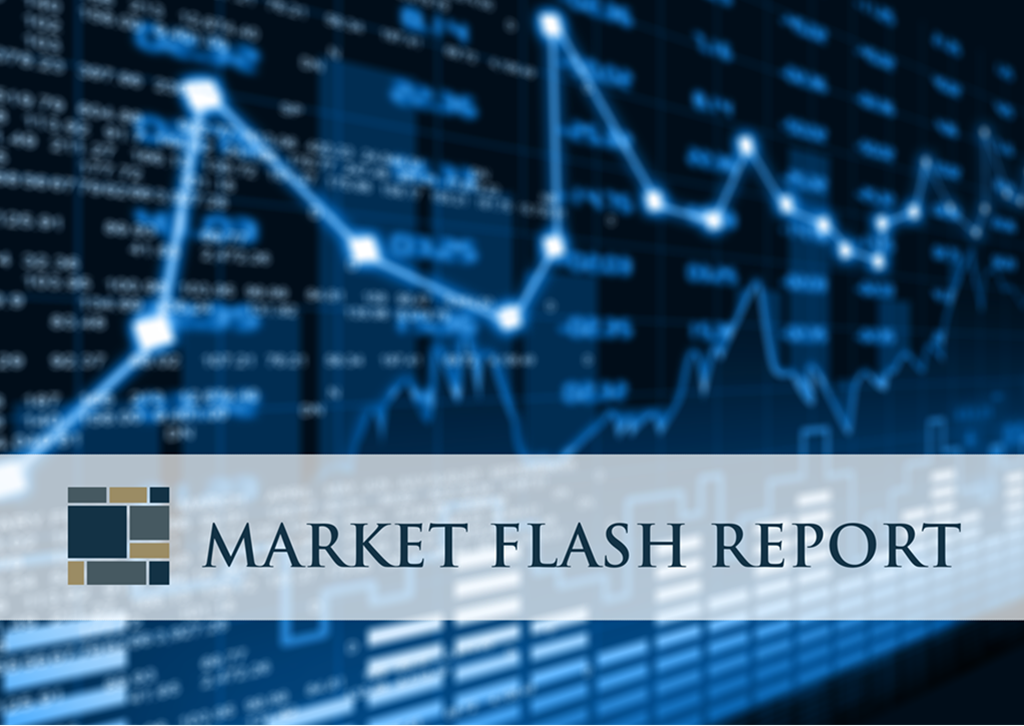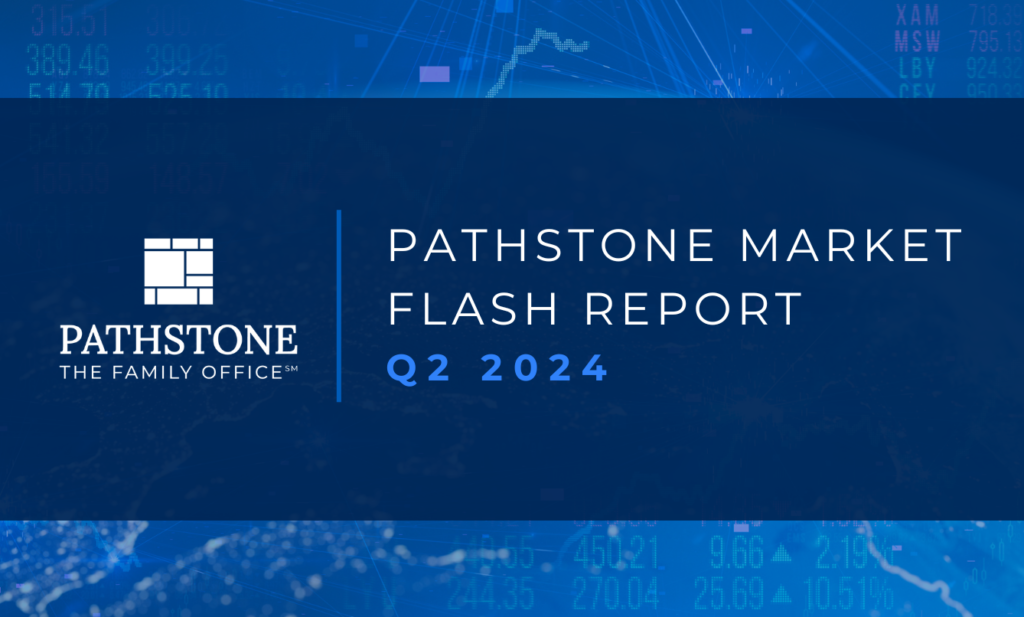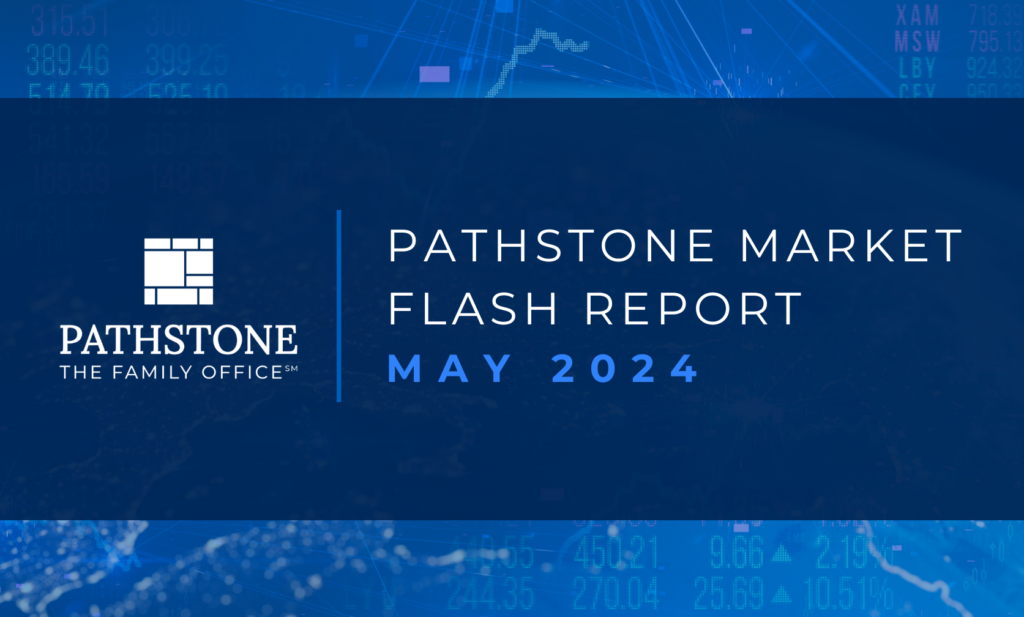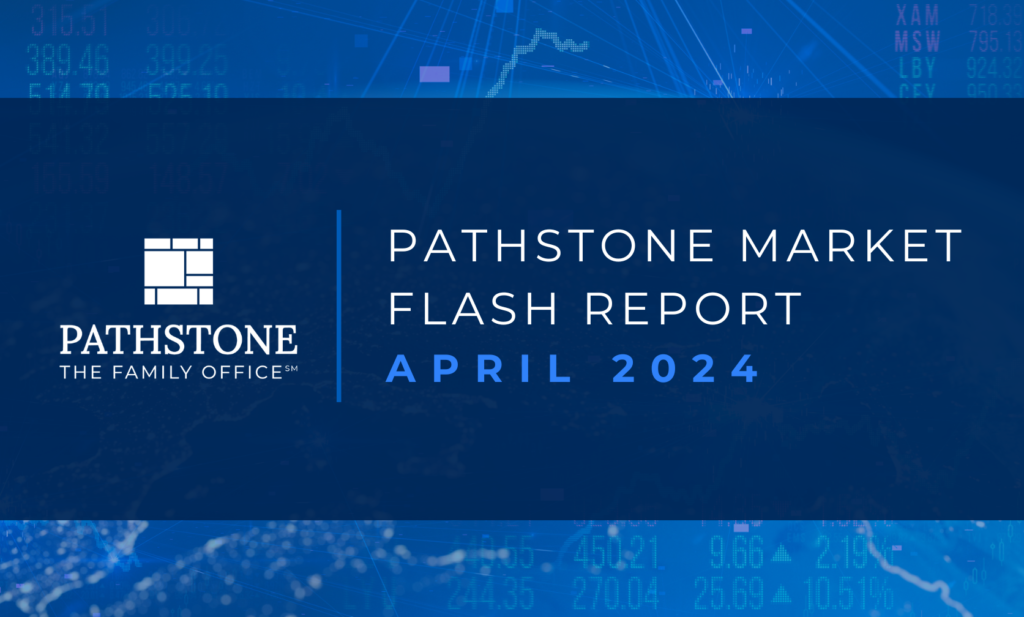Key Takeaways:
- Negative returns in December capped off a difficult quarter and a disappointing year for investors. Volatility increased, and all major equity indices finished in negative territory. While non-U.S. equities, particularly Emerging Markets, fared better during the fourth quarter, U.S. Large Cap was the top performer during the calendar year and growth once again outperformed value.
- Highlights of overseas headlines included Brexit negotiations failing to gain significant traction, French protests intensifying, and the Chinese government continuing to implement further stimulus to offset a slowing economy and trade concerns. Within the U.S., the government shut down and investors feared a policy misstep from the Fed.
- In the risk-off environment, investors bid up the price of safe assets, causing the yield on the 10-year Treasury to fall from a high of 3.24% in November down to 2.69% to close the year. Credit spreads widened as High Yield debt sold off. Oil prices fell further over the month, declining more than 34% in Q4 and dragging down natural resource equities over concerns of slowing global demand.
- The Federal Reserve hiked rates for the fourth time this year—the ninth hike of the current cycle— increasing the Fed Funds rate to 2.5%. Looking ahead, markets are pricing under increasing expectations that the Fed will not hike again in 2019, despite the median FOMC dot plot suggesting two rate increases.
Regional Commentary:
- Investor sentiment waned in the fourth quarter as the S&P 500 dropped 19.8% from peak to trough, just shy of a technical bear market (defined as a decline of 20% or more). The fourth quarter of 2018 posted the worst quarterly total return for the S&P 500 since 2011. The spike in volatility during the quarter highlighted investors’ anxiety. It was not all negative, however, as December 26th set a record for the single largest point gain in a day for the Dow Jones Industrial Index, when it gained more than 1,000 points.
- The market action, combined with the many headlines over the course of the quarter, has led investors to question whether or not we have hit the end of the current economic expansion. Global growth has slowed, and fears of an oncoming recession are building.
- Our U.S. Market Cycle Dashboard confirms that global growth is slowing, but we believe investor sentiment has gone too far in anticipating a near-term recession.
- Economic growth within the U.S. is supported by the backdrop of healthy labor markets, modestly rising wages, and tame inflation—all positives for the consumer. Retail sales during the holiday season were particularly strong. Manufacturing, Services, and Leading Indices, although moderating, point toward a continuance of the modest pace of expansion.
- Lastly, the fall in equity prices has helped valuations return toward a more normal range. On a forward looking basis, the S&P 500 trades around 14.5 times next year’s consensus earnings, a level not seen since 2013. Price-to-Earnings multiples in overseas markets are even cheaper still.




















